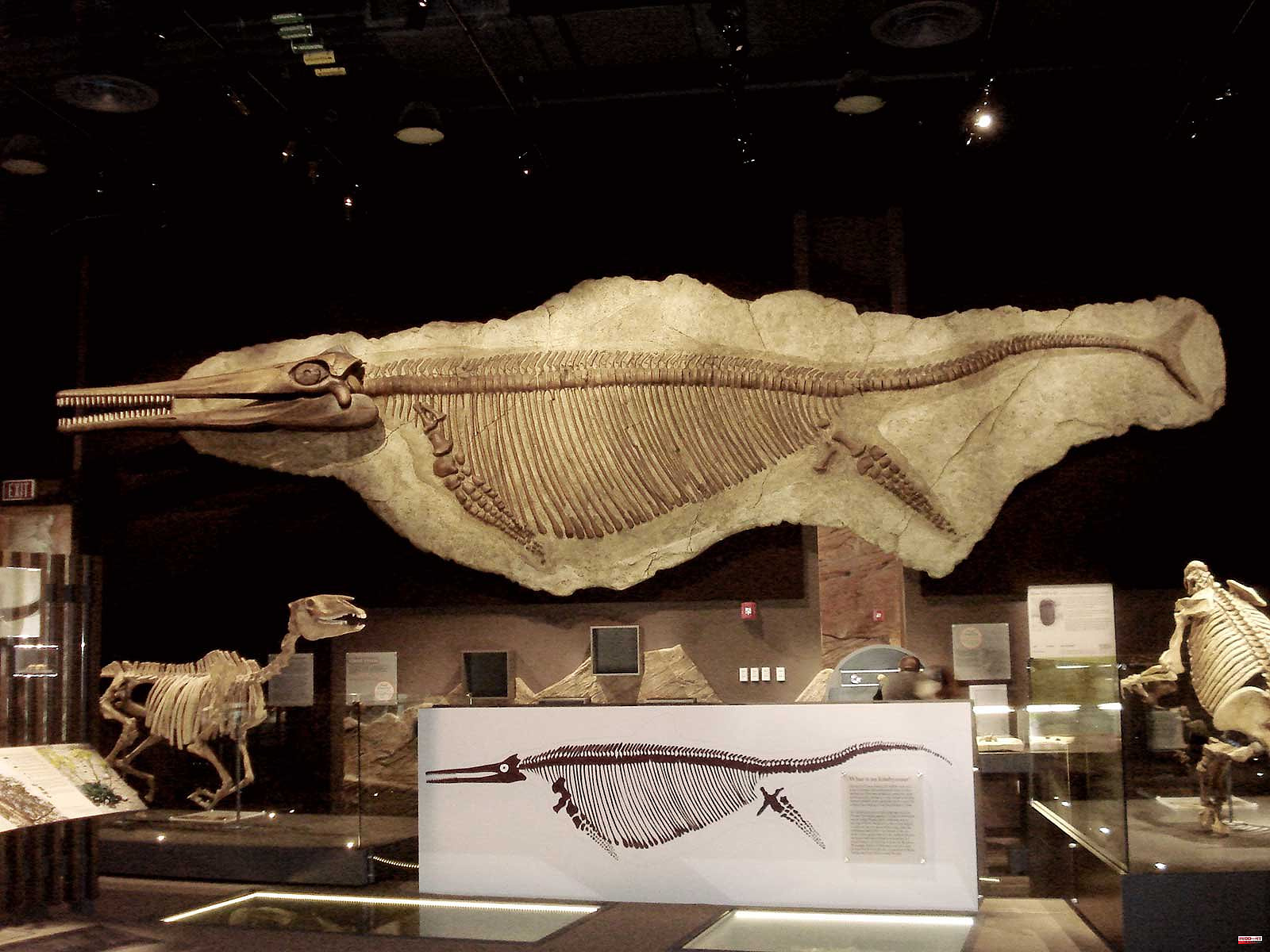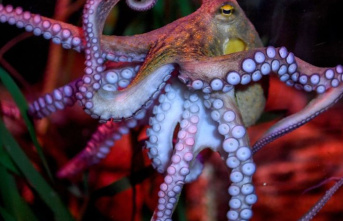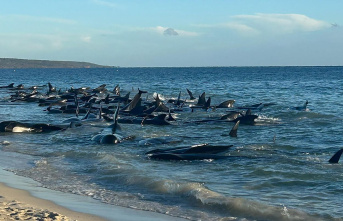It might seem strange to visit the Swiss Alps in search of ocean life. The highest peaks of the range rise to over 14,000 feet above the sea level. This landlocked country is very far from the ocean. The Journal of Vertebrate Paleontology published this year that rock layers from these mountains had revealed partial remains of whale-sized reptiles, which lived in the oceans around 205 million years ago. These ocean-dwelling saurians, one of the largest of the shark-shaped Ichthyosaurs were part of an evolutionary drama paleontologists are only beginning to understand.
They are not the only ones who have discovered the ichthyosaurs of the Swiss Alps. In the last 20 years, Paleontologists also discovered giant ichthyosaurs at fossil sites in Nevada and British Columbia. Many of these species are larger than the ichthyosaurs known and can reach lengths that rival those of the blue whale, the largest ocean-going animal of all time. These new discoveries are changing the narrative of how and why ichthyosaurs became giant species.
Paleontologists have determined that the earliest ichthyosaurs lived about six feet in length and developed around 249 million years ago, during the Triassic Period. This was the time when Earth was still recovering after the worst mass extinction in history. Reptiles were flourishing and diversifying into new niches and forms. The ichthyosaurs were derived from land-dwelling ancestors and quickly adapted to living in water. They swam with snake-like movements of their bodies, which made them very large. Last year, paleontologists discovered that Cymbospondylus youngorum was an ichthyosaur measuring more than 50 feet in length. It lived around 244 million years ago. Although five million years seems long in absolute terms, close examination of fossil records shows that ichthyosaurs developed giant sizes in fractions of the time it took whales.
While many whales are filter feeders and often hunt for small prey such as krill, the giant ichthyosaurs weren't gentle giants. Dean Lomax, University of Manchester paleontologist, says that the big ichthyosaurs were predatory and filled more niches than today's whales. These giant ichthyosaurs looked more like sperm whales and orcas, which were apex predators with sharp teeth. They were found in seas that were rich in ancient cephalopods like coil-shelled ammonites. However, the big ichthyosaurs could eat sharks and smaller marine reptiles as well as other ichthyosaurs.
There were many big ichthyosaurs that could be found in different waters between 249 and 9 million years ago. However, the Triassic (251 to 201 millions years ago) was clearly a time when the largest of the large existed. Lomax states that Ichthyosaurs reached their maximum size in the Mid-to Late-Triassic. Top estimates range from 82 feet to more than 98 ft. Although paleontologists often find fragments of the largest ichthyosaurs (such as vertebrae or teeth), they have also found complete giants. Shastasaurus sikanniensis, a British Columbian sperm whale, measured 68 feet in length. These discoveries have led paleontologists asking critical questions about the evolution of large ichthyosaurs. It is well-known that ichthyosaurs grew fast and became large, but what factors allowed them to do this?
We are terrestrial creatures, so we often think of huge size as an exceptional or unusual circumstance that needs to be explained. Large animals require a lot of food because they are so heavy. However, life in water is very different and having a large body has its advantages. Susana Gutarra Diaz, Natural History Museum London paleontologist, found that larger bodies provide a significant advantage in the water. Gutarra Diaz and her coauthors studied the relationship between body size and drag as they moved through water. They also found that larger bodies allowed for ichthyosaurs the ability to develop into more diverse shapes.
Gutarra Diaz states that animals become more aquatic as they swim. This allows water to flow more smoothly through an animal's body. Many animals found in the oceans, such as whales, sharks and ichthyosaurs, have similar body shapes. However, it's not enough to be able to swim efficiently in the oceans. Swimming animals must deal with drag. This is the effect of water resistance on an animal's movement through it. Animals that are subject to drag will need to use more energy to move through it. Some ichthyosaurs were able to overcome the problem by being large.
An ichthyosaur 50 feet long would have more internal volume than a 10 foot-long one. This means that large ichthyosaurs were able to move faster to overcome drag from their skin, and had greater muscle mass than their surface area. Another way to put it, a large ichthyosaur would not have to swim 100 feet in a hurry as a smaller one with more muscle than their surface area. Because size is more important than form, some big ichthyosaurs aren't as fast as their smaller cousins. Many large ichthyosaurs didn't have the typical "teardrop" body shape that is expected of highly-adapted aquatic animals.
These biomechanical trade-offs provide a glimpse into the factors that allowed ichthyosaurs grow to such large sizes, but it is not clear what caused these reptiles become leviathans. Paleontologists continue to study the evolution of ecosystems and creatures that may seem strange to us, as well as how food webs and nutrient cycles interacted. Even though there is no direct evidence of ocean food webs in our past, it's possible to find a simpler answer.
Lomax believes that one of the reasons ichthyosaurs grew to such large size was because no one else was doing it. The oceans of the Triassic's earlier parts were an area for recovery. This opened up a wide range of possibilities for many reptilian species that had adapted to living in water. Ichthyosaurs were the first to dive into a sea without giants. Lomax points out that "prior to the appearance giant ichthyosaurs in the seas, the top predators there were large fish and invertebrates," Lomax says. These creatures only reached a modest 20-foot length. "Ichthyosaurs changed this game."












